I am trying to interface a suite of aviation audio headsets to my PC. The headsets use an electret microphone requiring a voltage bias of 8V - 16V for power. Each headset plugs into its own instance of the following circuit and USB soundcard and this seems to work well with a 9V supply.
I start having problems when I introduce the second headset and USB soundcard, in particular the application of the 9V to the second headset circuit.
When I apply 9V to the second headset both USB sound cards are dropped by Windows on my PC. I was initialy connecting the soundcards through a USB hub with ESD protection. When I connect them directly to the PC however the it causes a fatal error and the PC shutsdown to protect itself from damage.
I think the problem is due to the 9V GND of the PSU being shared with PC/USB GND.
Is there a way to power the electret with the requried voltage and be able to connect the resulting audio signal into a mic input without sharing grounds?
Thanks for your help.

